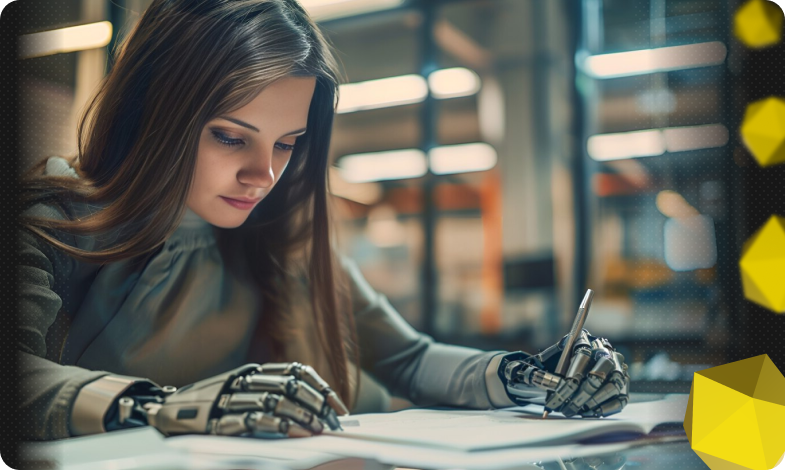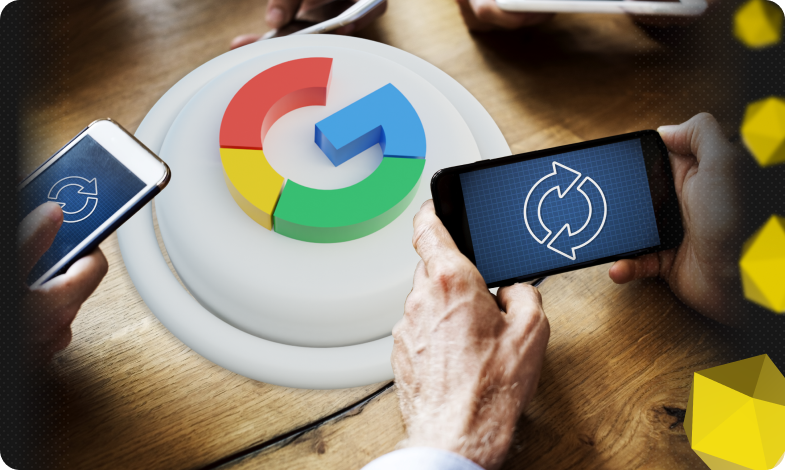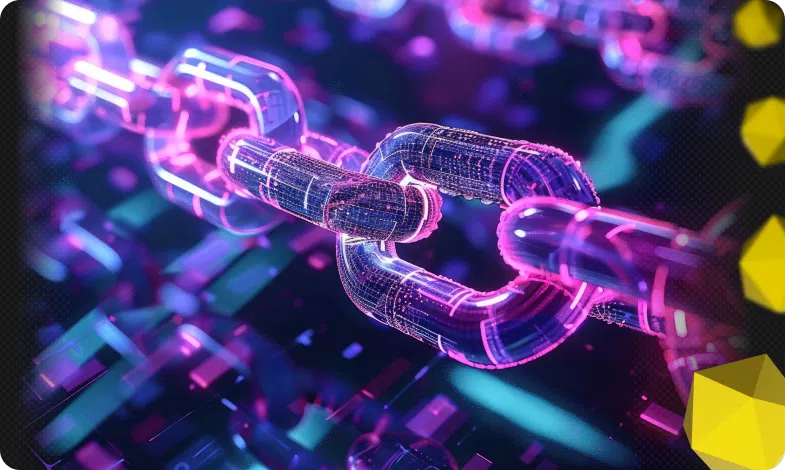Content of the article

Material prepared by Natalia Kyryk, the founder of the content studio WordFactory.
Could traditional copywriting disappear after the appearance of ChatGPT and its counterparts? Of course, but we see that this has not happened yet and is unlikely to happen in the near future. Moreover, WordFactory clients are categorically against us generating texts or even individual fragments for them with the help of artificial intelligence. There are various reasons for this: from possible sanctions from Google to copyright infringement and fictional facts – “hallucinations”, from which no AI chatbot is immune. Customers are still interested in high-quality text content written by people and for people. But how to find out who exactly wrote the text without involving complex tools or third-party experts?
Two ways to check the origin of the text
Services based on generative artificial intelligence can be really useful tools for a copywriter, marketer, and generally any digital specialist. And interestingly, it is AI that helps determine whether your text was written by ChatGPT, Gemini or Claude.
So, the first way is to check the text on AI in a special service. Below I share a few useful tools that we, our partners and clients use for this very purpose.
Verification of texts using AI detectors
The following services have proven themselves well in detecting AI-generated texts:
- GPTZero is a fast, easy-to-use and fairly accurate AI detector;
- Copyleaks is an AI detector with support for 30+ languages, trusted by the world’s leading companies;
- AI — checks all content on the site for AI plagiarism with one click of a button and works as a Chrome extension;
- Writer is a simple text analyzer that detects AI intervention;
- AI Checker is a detector interesting for its ability to add text in the form of a file or hyperlink;
- Scribbr is a service that provides AI and plagiarism checking at the same time;
- GPT-2 Output Detector is a very minimalistic and fast AI detector from GitHub;
- Sapling is a service that supports only English and various versions of ChatGPT, in the free version it works as a browser application;
- Winston AI is a detector that allows you to save the results of the analysis and return to it later without re-checking;
- Content at Scale — used both for writing and for checking text on AI;
- AI Detector Pro is a detector with interesting applications such as analysis tools and export to PDF;
- NeuralWriter is a service that explains the results of its analysis in detail.
However, remember that the text written by a person from the first to the last letter can be identified by the relevant services as machine written. Therefore, you should not trust the results of the analysis of one tool, because they can also be wrong – it is better to choose 2-3 convenient services for yourself. At the same time, the accuracy of their assessment can be affected by some factors, for example, the presence of several marked or numbered lists in the text or a large number of commonly used terms. Moreover, if a person tends to write in dry clerical phrases, there is a high probability that the services mentioned above will suspect his text of artificial origin.
That is why I propose a second way of checking — by a specially trained person who knows the features of machine-generated texts and knows how to distinguish them from those written by real authors.
AI text verification in manual mode
It is not so easy to distinguish the text written by AI from the human eye. At least the results poll by Tooltester show that 63% of Americans do not see the difference between text generated inGPT-4.0, and what was written by a person. At the same time, respondents mostly identified texts about health and travel as written by a machine. But it is not easy to be misled by texts about technologies — their origin was correctly identified by the majority of survey participants.
In fact, an experienced editor will determine in just a few seconds of viewing “diagonally” who exactly wrote the text – a person or a chat with artificial intelligence. But having an editor on staff for this task is an unaffordable luxury for many companies. So it’s better to learn a few techniques that will help you quickly recognize AI-generated content.
So, this is what artificial intelligence “burns” on:
- identical headings, usually consisting of two parts and separated by a colon;
- a typical structure in which the introduction, conclusion and transitions between sections are created according to the same template;
- the presence of frequently repeated phrases (not necessarily keys);
- repetition throughout the text, excessive and inappropriate use of individual phrases;
- dry, low-emotional presentation without unnecessary details that authors tend to add;
- very limited use of colloquial phrases and slang in texts where it may be appropriate;
- excessive use of a large number of marked and numbered lists;
- a minimum of specifics and inappropriate epithets where the AI has too little information for an accurate answer;
- confusion in addresses (you/you), errors with the agreement of the main members of the sentence;
- fictional facts that are easy to discover for an erudite person;
- fictional research results and links to non-existent web pages.
In fact, there are many more such “markers”, and specialists who constantly work with texts, for example, content managers and editors, are well aware of them.
Instead of conclusions
At the end, I will summarize what I have written and share some insights:
- There are no perfect AI detectors, but you can combine several services in your work. Also, pay attention to the additional features they provide: a classic plagiarism check, SEO analysis, etc. – everything that will help you save time on evaluating textual content.
- Complex terminology, a dry presentation of the material, a large number of lists and many other things can indicate that the text was generated by artificial intelligence, although it is actually written by a person.
- The biggest problems with machine-generated text are low emotional content and fabricated or distorted facts that can undermine your credibility as an expert. Therefore, it is imperative for companies that care about their reputation to check their textual content with AI. Another option is to entrust the writing of texts to professionals WordFactory and sleep peacefully.



 23/08/2024
23/08/2024  3226
3226


